Several salt tolerant plants are worth foraging for and they don’t all grow near the shore. There are six locally, three growing most of the year and three seasonal. Of those prime for harvesting now is Sea Blite, Suaeda linearis.
Closely related to Lamb’s Quarters, Sea Blite is a wild green that many would like to make into a commercial crop or at least cultivated for consumption on a large scale. It’s nutritious, mild in flavor, and has a nice texture. Because it is salt tolerant it’s a good candidate for arid countries with a lot of sandy sea coast. It’s one of my favorite plants to use for seasoning other food such as stuffing a squash or a fish. The cooking moderates the saltiness and flavors what it’s cooked in. Away from the coast most salt tolerant plants are called seepweed because they grow near salt licks and the like. To read more about Sea Blite go here.
Another coastal plant is raising a small tiff in the foraging community. Glasswort (Salicornia bigelovii) has been used for food for a long time and in the production of glass. Unlike Sea Blight above, it can be found most if not all year although there is seasonal growth. Young green Glasswort is tender and flavorful. Older, reddish, plants are used for salt (which was their use in glass making.) Glasswort is segmented and easily cut or broken into what size you’d like. At least one restaurant in New England is serving it but they are calling it “sea beans.” To anyone living along the southern Atlantic or Gulf coast that’s sounds silly. “Sea Beans” are tropical seeds that wash ashore from central and South America. Many peple make collecting them a hobby. But as Glasswort can be cut into about the same size as young string beans and are green the association has been made. Thus internet writers are beginning to call them sea beans though it was just a marketing idea from a single restaurant. That’s how nonsense gets proliferated on the internet. Most foragers are sticking with Glasswort. To read about it go here.
What is it? The answer is barely edible. Many years ago while sipping a beer at an outside bar in Tampa I saw what looked like a large green fig. I was reasonably sure it wasn’t a product of the beer so some research was in order. The main problem with the Creeping Fig — besides barely making it into the edible realm — is growth pattern. The leaves and vines of the species when young are very small then at some point the plant transforms itself into a large vine and with leaves with little resemblance to what it used to be. Then it produces green fig-like fruit. The fruit basically is not edible. But the expressed juice jelled in water is. That’s a bit strange. To read about it, go here.
Foraging classes:
Saturday, June 27th, Boulware Springs Park, 3420 SE 15th St., Gainesville, FL 32641 9 a.m.
Sunday, June 28th, Jervey Gantt Recreation Complex, 2390 SE 36th Ave., Ocala, FL, 34471, 9 a.m.
No classes over the 4th of July holiday weekend. For more information or to sign up for a class go here.
Need to identify a plant? Looking for a foraging reference? Maybe you have a UFO, an Unidentified Flowering Object, you want identified. On the Green Deane Forum we — including Green Deane — chat about foraging all year. And it’s not just about warm-weather plants or just North American flora. Many nations share common weeds so there’s a lot to talk about. There’s also more than weeds. The reference section has information for foraging around the world. There are articles on food preservation, and forgotten skills from making bows to fermenting food. Recent topics include: Foraging for Reals, Unknown Ornamental, Pipsissewa uses? Artemisia douglasiana, Smilax, Yet Another Vine, Is This Cilantro or some kind of nettle? Mulberries Mulberries as far as the eye can see. What Kind? tincture or tea? Becoming a Wild Food Expert, Latex Strangler Vine in Blossom, Seminole Pumpkin Squash, Removing Oxalates, I Believe This Is a Tulip Tree, Virginia Creeper Again. Edible but too small, Here’s One I saw near the office, Transplanted Tree Root Structure, cultivated Apios Americana: Groundnut, My First Pokeweed, Yaupon Holly? Plantain? and Sand Toads? You can join the forum by clicking on the button on the upper right hand side of this page.
Newsletter #167. To subscribe to Green Deane’s weekly EatTheWeeds newsletter, go to the upper right side of this page.

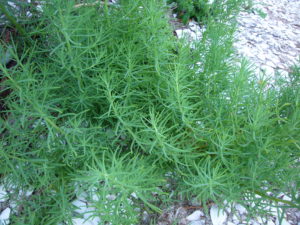
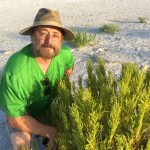
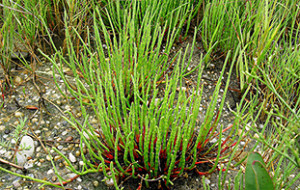
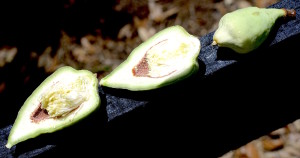
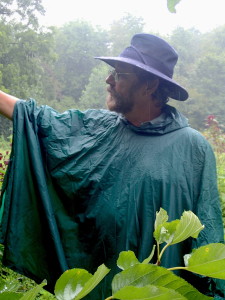
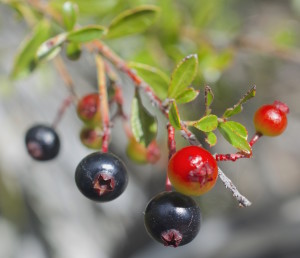

I would really be interested in buying your eat the weeds book, if you would have one published. I never realized that in a survival situation so much was at hand just on the ground that we walk on. and I am sure other preppers or survivalists would do the same. I know there are books and phamlets out there but since you are so detailed in your description of a plant and then the item reference, well I am convinced it would sell. but to be real, I know you make these videos to show us the edibles that are under our feet. sincerely Steve Tipps
……hullo !! I wish you lived in australia,preferably Canberra,I’d be signing up for the foraging classes,for sure.I only recognise 3 wild edible plants in my district,although there are many more-people here call the wild edibles ‘bush tucker’ & the indigenous Australians have been eating them for thousands of years…..I notice growing interest here & there is much for European Australians to learn….thanks for your marvellous e/letter.Sincere regards,Evangelia ….
It is interesting to know how people have come to utilize plants in the way they’ve done with the reddish “Glasswort – salicornia begelovie” in glass making.
I like the way criticism is cast upon the nonsense getting proliferated on the internet and the well illustrative examples.
I’ve been fascinated by some images of Ficus pumila especially those concerned with landscape – e.g. decoration of house entrance. However on the occasion of our Ramadan fasting month I’d like to say a word about the common fig – Ficus carica belonging to the same family “Moraceae”. As a main part of our food during breakfasting each day in Sudan and most Arab countries figs play an important role in the dietary formula. Bronze coloured dry “Breba fig” is usually imported from Lebanon. The fig trees are infested during the ripening season – mid September to mid October – by small migrating birds called Black cap (Sylvia atricapilla) which feed on the fruit. A hobby of some Lebanese people is catching the poor birds. How sumptuous a dish of roasted 50 to 100 of those birds serving a customer in one of many public restaurants in southern Lebanon.
Thank you so much for the information.
I am interested in knowing all about plants than can be use as food and natural medicine.
Your information is so valuable . I grow up in the region of the Andes and part of the Amazon area in Peru. I used to observe and try different foods and native plants that our neighbors prepared and shared, some of them are now, in the markets with a brand name.